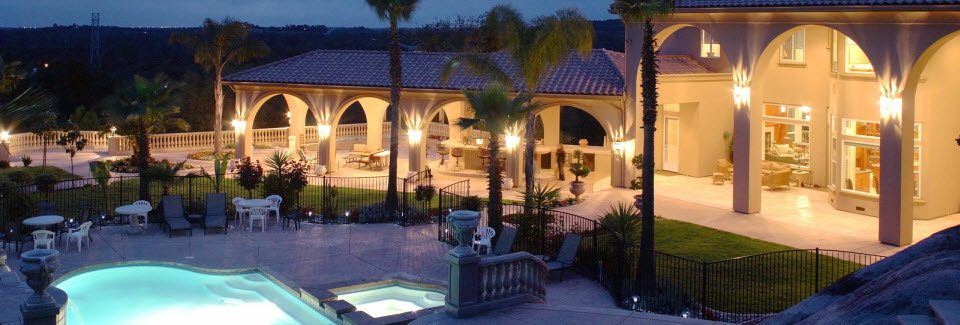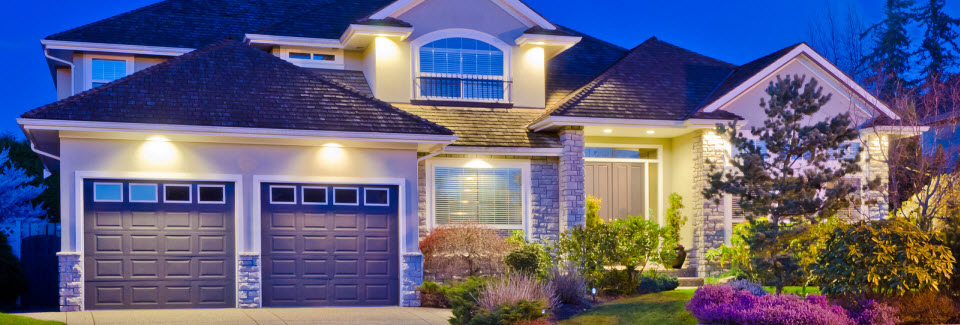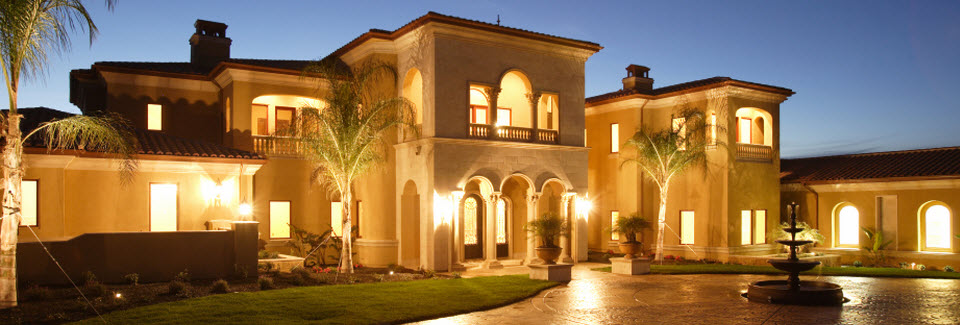Whether you are moving into a new commercial property, experiencing electrical problems or just can’t remember the last time you had one; it may pay to start out with an inspection. Flip a switch enough times and it wears out. Push and pull a plug into wall so many times it will wear to the point it won’t hold a plug anymore. An electrical inspection will detect these problems early before they escalate into bigger issues. Lights and lighting are what makes life bearable no one wants to live in a dingy cave.
How Bright is 100 Lumens?
A certain amount of light is 30 lumens per square foot depending on the room. For a 100 square foot room dining room that needs 30 -40 lumens per square foot that is 3000 lumens. Take for instance:
Room – Lumens per Sq. Foot
Living Room – 10-20
Dining Room – 30-40
Bedroom – 10-20
Bathroom – 70-80
Hallways – 5-10
Kitchen (General) – 30-40
Kitchen (Task) – 70-80
Laundry – 79 80
A 100-watt equivalent LED is about 1500 lumens. LEDs have radically changed lighting. An LED should last over 19 years based on 3 hours of use per day. A 100-watt incandescent equivalent only uses about 15 watts of energy. No flickering light like fluorescent lights. Another advantage of an LED is that fixtures with low rating bulbs can now be upgraded with brighter light bulbs and increased light capacity without having to replace the fixture.
Ground Fault Circuit Interrupters (GFCI)
Shock is usually a grounding issue. Make sure you properly grounded. With the quality of power from online sources deteriorating surges and brown outs have become just a part of normal life. Grounding issues tend to surface when surges are the primary concern. Being around water, outlets in the kitchen and bathrooms need to be protected by GFCI or ground fault circuit interrupters.
Enough Power & Light for Your Needs
Adequate lighting is a security issue for both the home and business. Some lights tend be on all the time after dark at home and business. Overloaded and unlabeled circuits should be avoided. Proper labeling aids in troubleshooting. Also, single circuit issues can be addressed without having to shut down power to the whole house.
Smoke & Carbon Monoxide Detectors
Many smoke detectors are hard wired in the homes wiring. Along with carbon monoxide detectors they offer early warning of a pending disaster. CO (carbon monoxide) detectors should be in any room with open wood burning fireplaces.
Electrical Junction Box Code & Other Mistakes Homeowners Make
When purchasing a new home, an electrical inspection is a great idea as you’ll know the property is safe and not at a high risk of an electrical fire. Some common mistakes homeowners make are:
• Failing to install a junction box. This is the plastic or metal box that contains a switch or outlet. In needs to be installed flush with the drywall to prevent sparks contacting the wooden framing of the home.
• Cutting wires too short. You need slack to work with wiring and have enough to strip a required length for connection.
• Over filling a junction box, makes too crowded and you may find it violates the National Electrical code.
• Receptacles should be tight and not move.
• Don’t mix wire gauges. Most residential services require 12-gauge wire for all 20-amp circuits. Older standards allow 14-gauge wire for lighting only circuits, but all new construction specifies 12-gauge wire for lighting and receptacles. 14-gauge for 15 amps, 12-gauge for 20 amp, and 10-guage for 30-amp circuits.
• Failure to install a GVCI outlet but remember only the first outlet in the circuit requires require a GFCI, wired properly all down-line outlets are protected by the first.
• Cables need protection. Never leave exposed cables.
Electrical Services in Greenwich, New Canaan, Darien, Norwalk, Westport, Southbury, Stamford, CT & Fairfield County, Connecticut
A thorough electrical inspection will allow you to rest easy and know what you have for wiring expansion in the future. Call Sentry Electric to schedule your electrical inspection or other service today!


